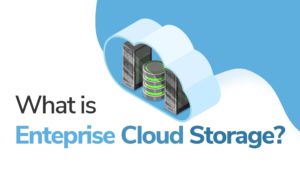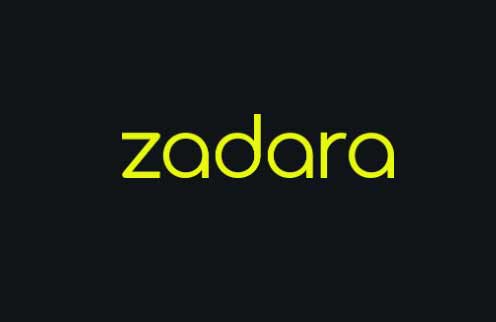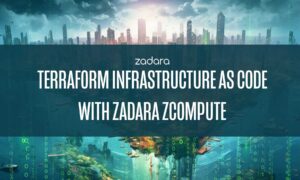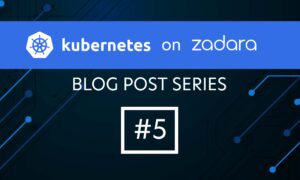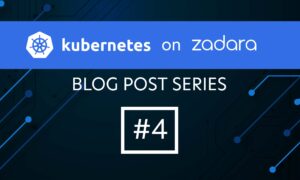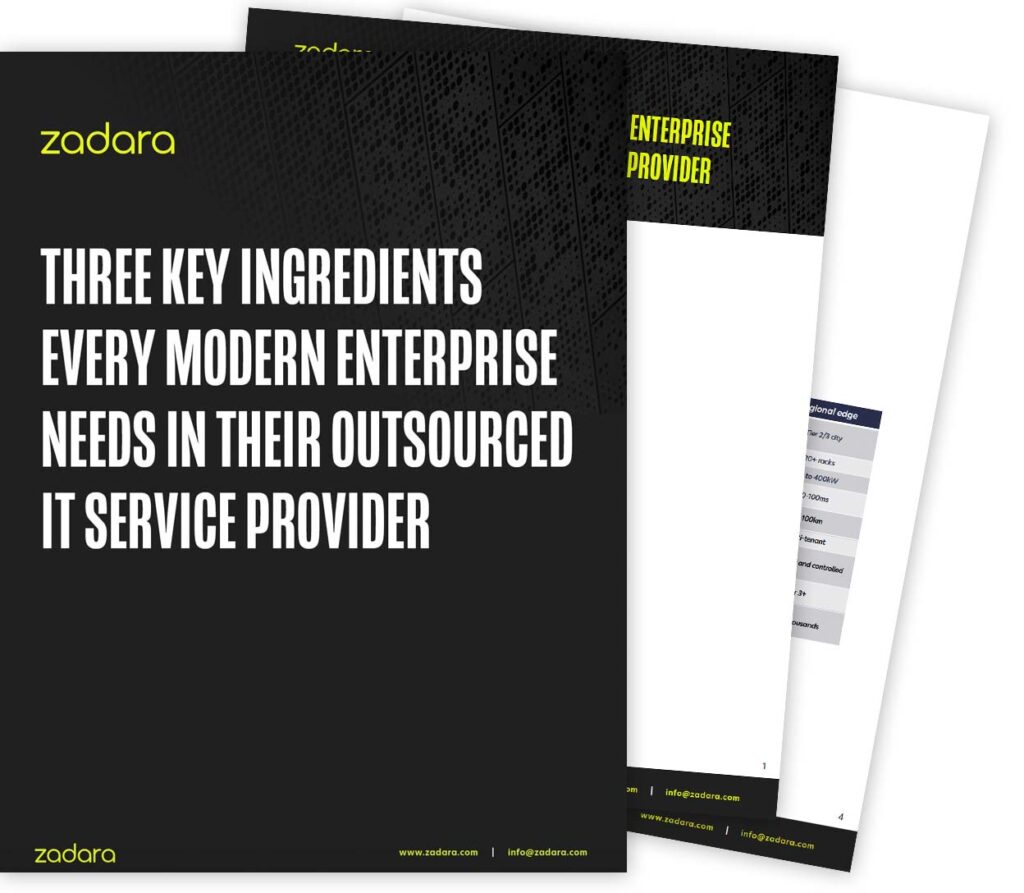“What is the cloud?” has a pretty obvious answer, right? It’s a collection of applications and services that run on orchestrated, Internet-connected computing environments.
Narrow down this definition to “enterprise cloud storage,” and you have clouds as a popular storage destination for a lot of business data. It’s a big destination, mind you: 70% – 80% of the world’s data is stored on the cloud. But still — just a destination.
But what if enterprise cloud storage is so much more than this definition – so much more than simply computing and storing on some cloud provider’s connected data centers?
What if enterprise cloud storage is not so much a destination, as an operating model that eliminates your technology, operational and financial risk in the cloud?
Enterprise Cloud Storage and TCO
As always, pain points drive market changes. According to 451 Research, one of the top five pain points around enterprise storage is the high cost of storage. (The other four are data/capacity growth, DR requirements, storage performance and regulatory compliance and governance.)
Minimizing capital expenses (CapEx) is an obvious advantage of the cloud, and for many businesses the single largest driver for adopting cloud-based storage. And with reason: storage is expensive. Enterprise-level storage arrays easily cost hundreds of thousands of dollars for the purchase alone, and networking, configuration, integration and energy costs ratchet related costs higher.
Even in offices with lower-priced storage devices, over-buying is a serious issue. Buying more storage than you need is a widely accepted solution to the problem of over-capacity and under-performance in fast-growing data centers.
Over-buying also applies to the expensive high-end arrays. Although few companies will decide to pick up an extra enterprise SAN or two, companies will invest in a highly scalable – and very expensive — SAN for enough capacity and performance to last 3-5 years.
TCO is the Key
Many businesses try to control these high storage costs by moving data to cheap cloud tiers. It is not, however, that easy.
These businesses are correct that their capital expenses (CapEx) will effectively vanish. However, cloud-based operating expenses (OpEx) are not automatically cheap. The enterprise is ultimately responsible for its own stored data management and protection, and configuring large data stores in the cloud takes IT professionals and time.
However, over time – and with expert help – the enterprise can pull cloud costs even with on-premises data centers, and in time lower them significantly. The key is managing enterprise cloud storage efficiently and systematically over the long term: delivering dynamic capacity, extreme scalability and agile storage management at reasonable costs. TCO becomes the measure of cloud-based storage economies.
Zadara and the Cloud Business Model
When you adopt the Zadara model of enterprise cloud storage, a single monthly fee replaces capital and operational expenses. Customers only pay hourly rates for storage capacity and features they used.
There is no cut-rate pricing that reflects sub-standard service: the pricing is the same whether you use Zadara on-premises or with the public cloud. And because most businesses find it easier to allocate funds for day-to-day operations, the monthly cost is considerably less expensive than the ‘storage purchase and upgrade’ model.
This operating economy operates throughout Zadara offerings. Zadara delivers storage hardware to our customer site, including switches, storage nodes and networking cables. If the customer owned this equipment, they would be responsible for purchasing, maintaining, upgrading, and replacing each device. Each time an array reaches end-of-life, the upgrade process repeats. Multiply that process by the number of arrays that are reaching end-of-life, and it never ends.
Zadara Enterprise Data Cloud eliminates this sad state of affairs by automatically upgrading storage nodes and components. This isn’t an every-3-years-if-you-need-or-or-not replacement. It’s new hardware options that are available for the asking several times a year. Any on-premises customer can request any upgrade after release.
There is no capital charge for the upgrade. Monthly billing may change depending on the options the customer wants. For example, a customer may choose a higher performance upgrade for an increase in their monthly bill. Or they may choose a new option for more efficient processing, which will lower their monthly bill.
The Zadara Storage Ecosystem
Zadara Storage operates 16 private data centers around the world. Its data centers seamlessly connect with AWS, Google Cloud and MS Azure to deliver value-added services to its public cloud customers.
For example, Zadara for VMware Cloud on AWS gives AWS VMware Cloud users enterprise-level storage as a service and flexible choices for cloud deployments. At the same time, Zadara owns its storage stack and software. This architecture enables us to deliver optimal configuration and advanced services to our customers without worrying over public cloud provider changes.
Zadara allows customers to enjoy the advantages of enterprise-level cloud storage behind their firewall, and to seamlessly extend cloud data storage to multi-clouds when and if they choose to do so.

